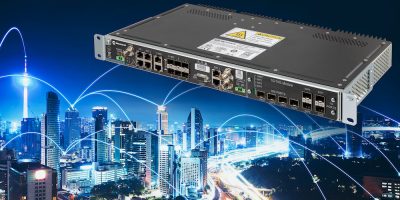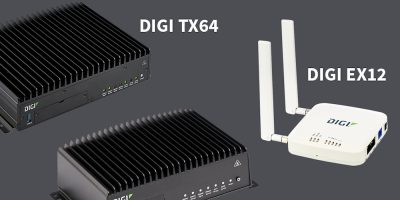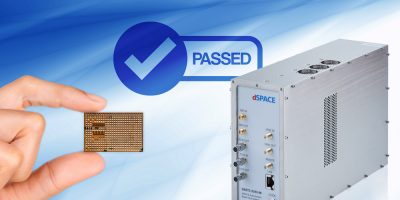Microchip has released Version 2.1 of its TimeProvider 4100 timing grandmaster, equipped with gateway clock and what is claimed to be the fastest high-performance boundary clock to enhance 5G mobile network phase protection.
It is designed to help 5G mobile providers, cable operators and utility providers ensure phase delivery, protection and synchronisation even when the Global Navigation Satellite System (GNSS) is offline, jammed or spoofed.
The TimeProvider 4100 is a 1588 grandmaster with support for the latest ITU-T G.8275.1 and G.8275.2 1588 phase profiles. There is also an extensive port fan-out for PTP, network time protocol (NTP), SyncE, and E1/T1.
This software release builds on earlier versions by adding key software enhancements providing a virtual primary reference time clock (vPRTC). Virtual PRTC provides the ability to design a redundant precise time distribution architecture for phase protection over an optical network.
The main source of precise time is the Global Positioning System (GPS) and regional constellations that comprise the GNSS. Deployment of GNSS, however, can be expensive, due to the cost of upgrading to GNSS-capable receivers and antennae as well as increasing densification of end points. Telecomms, cable and utility operators deploy vPRTC where GNSS dependency is reduced or eliminated.
Using vPRTC leverages the existing optical network, thus avoiding expensive dark fibre expenses, it also uses a dedicated lambda to transport time precisely and securely and provides a redundant source of time through enhanced PRTC (ITU-T G.8272.1). It also allows bi-directional, precise time flows (east and west) and links together high-precision, multi-domain, high-performance boundary clocks that meet T-BC Class D, as defined by ITU-T G.8273.2.
Microchip’s vPRTC multi-domain architecture provides a high-performance, redundant, sub-five nanosecond distribution of precise time over regional and national networks.
Release 2.1 also introduces Network Time Protocol daemon (NTPd) with Message Digest (MD5) security algorithm.
TimeProvider4100 2.1 meets PRTC-B performance standards (per ITU-T G.8272) and supports 1G and 10G, NTP and PTP in a single form-factor system.
It is available now for both new and already deployed systems.







